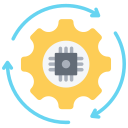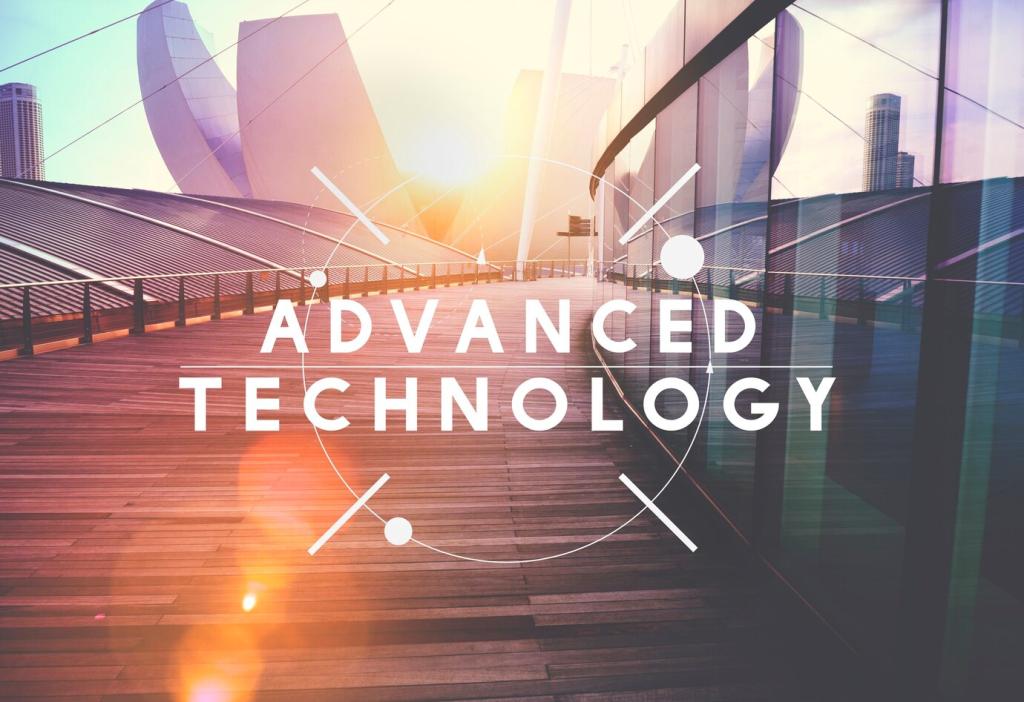
The Future of Home Automation: Trends and Innovations
Home automation is rapidly evolving, transforming the way we interact with our living spaces. Innovations in technology have enabled smart homes to become more intuitive, efficient, and connected than ever before. With the integration of artificial intelligence, cutting-edge sensors, and interconnected devices, homeowners are experiencing unprecedented levels of convenience, security, and customization. This page explores the latest trends and innovations shaping the future of home automation, offering insights into how modern advancements are revolutionizing daily life and what we can expect as we move forward into an increasingly automated world.
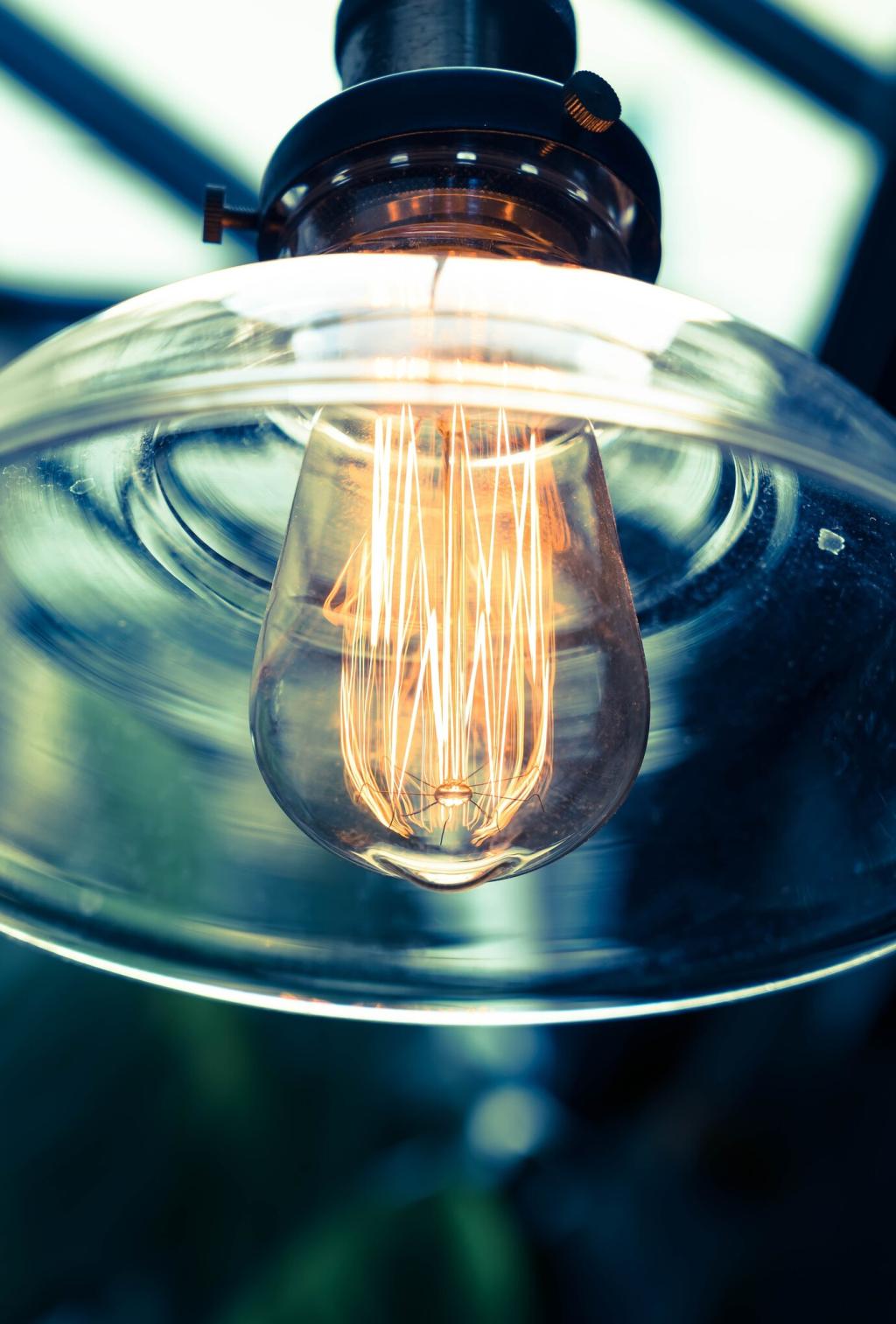
Previous slide
Next slide
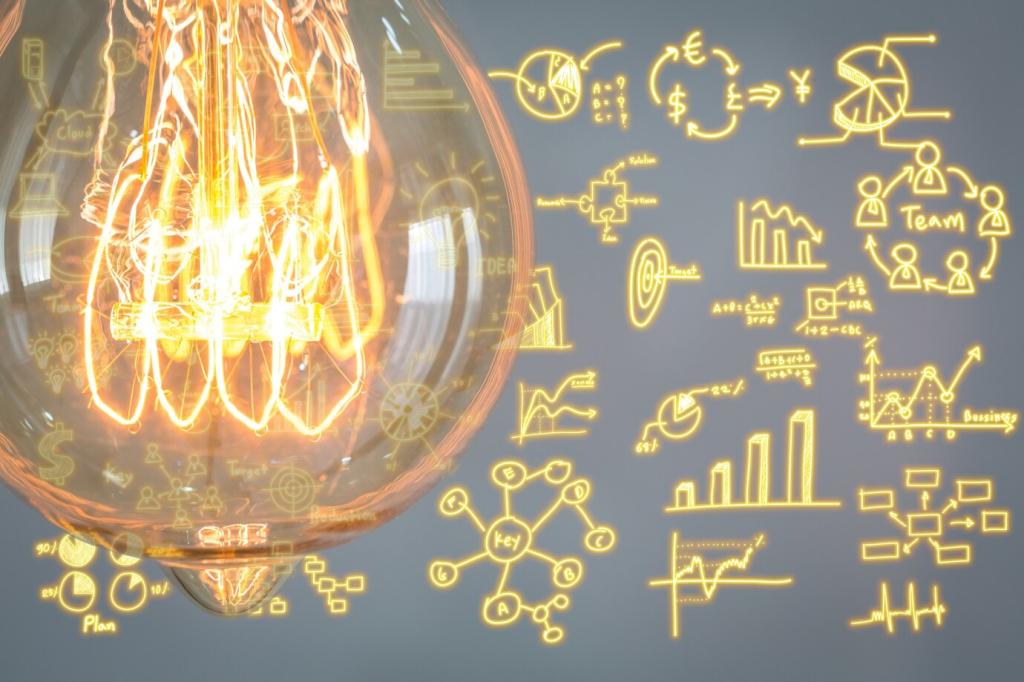
Unified Control Platforms
Gone are the days of managing separate apps for each device. Modern home automation systems offer unified control platforms that consolidate the management of lighting, climate, security, entertainment, and more into a single interface. Users benefit from streamlined control, simplified routines, and greater interoperability. This holistic approach not only reduces complexity but also fosters a more cohesive user experience, making it easier for everyone to take full advantage of their smart home features.
Interoperable Devices and Standards
Interoperability is crucial as smart home devices proliferate. Innovations like the Matter smart home standard enable devices from different brands to communicate seamlessly, eliminating compatibility concerns. This development empowers consumers to mix and match preferred products without sacrificing performance or convenience, encouraging innovation and spurring competition among manufacturers. The result is a more diverse and robust smart home ecosystem that remains compatible with emerging technologies for years to come.
Cloud and Edge Computing Integration
The integration of cloud and edge computing is rapidly enhancing the intelligence and responsiveness of home automation. By distributing processing tasks between local devices (edge) and remote servers (cloud), systems achieve faster response times, greater reliability, and improved privacy. Sensitive data can be processed locally, reducing exposure to external threats, while cloud resources power advanced analytics and remote access. This balance creates a smarter, safer, and more responsive home environment.

Modern home automation systems are equipped with sophisticated energy management features that monitor and optimize usage in real time. Smart thermostats, automated lighting, and adaptive appliances work together to minimize waste and reduce costs. Some systems can even communicate with local utility companies, participating in demand-response programs and dynamically adjusting consumption based on grid needs. This orchestrated approach not only saves money for homeowners but also supports the stability and efficiency of the entire energy ecosystem.

Home automation now plays a crucial role in maximizing the benefits of onsite renewable energy generation. Smart inverters, solar management systems, and intelligent energy storage solutions coordinate to ensure optimal use of solar panels, batteries, and even electric vehicles. These systems can forecast energy production, prioritize critical loads, and sell excess power back to the grid. By seamlessly integrating renewable energy sources, smart homes help accelerate the transition to a lower-carbon future.
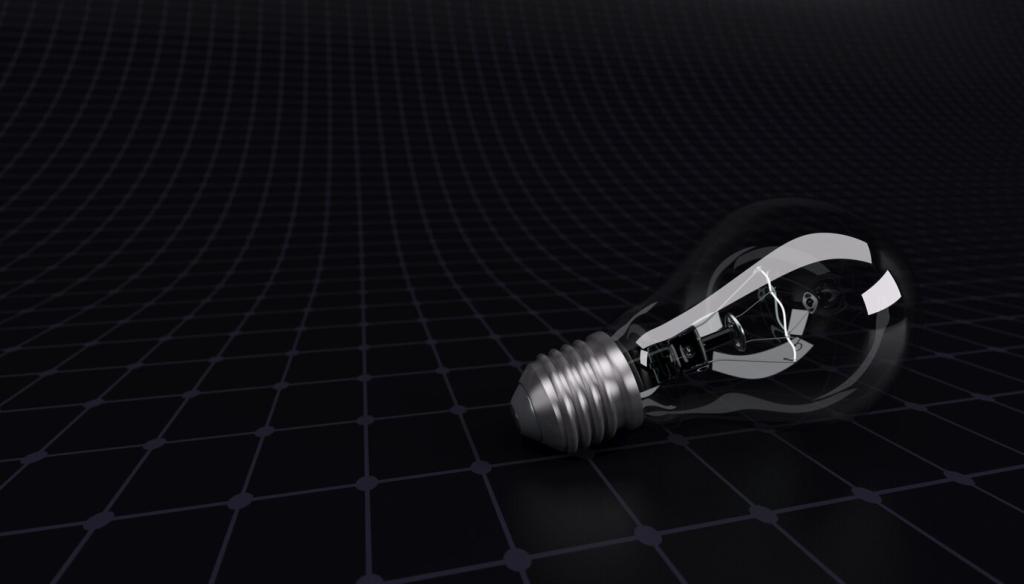
Conservation is not limited to electricity. Smart irrigation controllers, leak detectors, and efficient water heaters are harnessing automation to reduce water usage and prevent waste. Automated systems analyze weather forecasts, soil conditions, and usage patterns to optimize watering schedules and detect anomalies. This proactive management yields significant savings, reduces environmental strain, and enhances the overall resilience of the home to resource scarcity.
